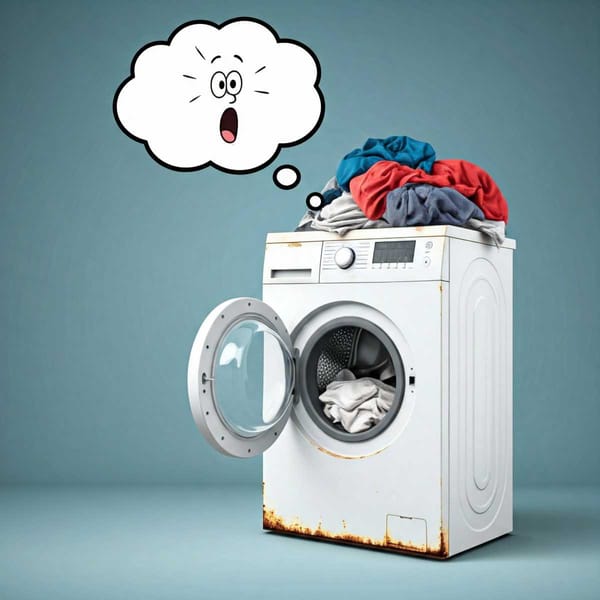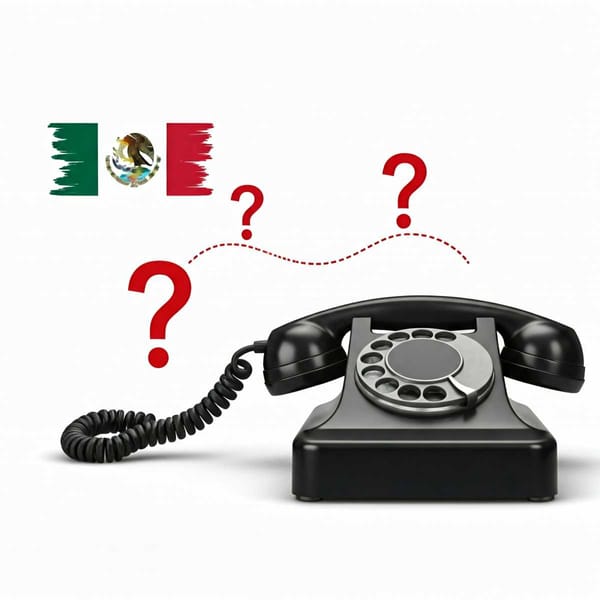Priest vs. viceregal authorities over aguardiente abuse
The conflict between a priest and viceregal authorities over the effects of aguardiente abuse and possible solutions.

In 1807, in an attempt to restrict the consumption of aguardiente by the inhabitants of San Salvador el Seco, the priest Braulio Manuel de Quezada asked for a report on the consumption of alcohol in the town. He noticed that last year 79 barrels had been consumed, so he asked the viceregal authorities to send only 12, but the customs authorities refused since that would lead to clandestinity and economic damages.
In pre-Hispanic Mexico, alcoholic beverages based on fermentation were well known, but it was not until the arrival of the Spaniards that distilled beverages were introduced. Pulque was the alcoholic beverage par excellence and enjoyed a ritual character, but after the conquest, wine and aguardiente—the generic name for all distilled beverages—gained considerable fame.
The valuable contribution that the sale and consumption of alcoholic beverages made to the public treasury was a decisive reason for the Catholic Church not to impose its restriction on the consumption of aguardiente; however, the ecclesiastical authorities did not cease to morally condemn its consumption, and to demand that their parishioners avoid it. In this eagerness to control, the priest Braulio Manuel de Quezada, who in 1807 had just arrived in the town of San Salvador el Seco, asked for a report on the consumption of sugarcane liquor in the town.
Immediately, Don Felipe Antonio Bautista, the receiver of sales tax and pulques, certified to him that, according to what was registered in his account book, since the establishment of the town, the consumption of aguardiente had been moderate but that it had increased considerably year after year; as an example, the sum of barrels of the previous year: in 1806, the consumption had been 79 barrels.
With don Felipe's report, the priest confirmed the assumption he had when he arrived at the town because when he took on the task of spending time with his parishioners and walking the streets, he could notice that there was "a dominant passion for drunkenness," which could only be the beginning and origin of all the evils that occurred in San Salvador el Seco, since none of the methods and suggestions that were made by the authorities to reduce the consumption of intoxicating drinks were effective, so the only thing left was to resort to the viceroyalty's commands.
This was how he reported the case to them because for a small town, the priest thought it was exaggerated to dedicate a third of the annual expenditure to the purchase of barrels of aguardiente. For these reasons, the priest asked that the subdelegate of the province of Tepeaca, Puebla, be ordered to allow only 12 barrels of sugarcane brandy to enter the region each year and that these be supplied by someone the priest trusted, who agreed to pay the taxes corresponding to the local government.
The viceroyalty authorities, upon receiving the father's proposal, decided to send it to the customs department, where the response was immediate: the supply of aguardiente in the regions could not be reduced. They argued that if the prohibition of the drink could put an end to the pernicious moral and political drunkenness, it would have been done, but that was not the solution since other liquors could be introduced furtively and give rise to clandestine sales.
On the other hand, the viceregal authorities argued that the proposal was economically unfeasible because it would generate damages to the public treasury because not only the sale and purchase were taxed but also its manufacture since six pesos were charged for every 170 quarts. Finally, the viceroyalty authorities offered the priest constant patrolling of the town so that whoever committed the crime of drunkenness on the public streets would be prosecuted and punished.
Source: General Archive of the Nation (AGN)




